Your autistic child with ADHD may have one or more sensory issues, and that is very characteristic of those who are on the spectrum. Yet, you can help your child better manage these sensitivities by providing a sensory space in your home (and that can include your backyard too) where they can have items to help them. Find out how you can create a sensory space for your child with autism and ADHD.
Sensory issues, autism and ADHD
Sensory issues are very common with autism and ADHD. While the cause of sensory issues hasn’t been identified yet, experts believe the presence of them in people with autism and ADHD are related to the developmental delay of their brains. Scientists believe those with autism have a neurobiological dysfunction in the central nervous system. Sometimes this leads to overstimulation or under stimulation of the person’s senses.
Many children with autism and ADHD have sensory issues related to sight, hearing, touch, taste and/or smell. However, there are also “senses” linked to body awareness and balance that also can be impacted. These include:
- Vestibular – The inner ear structure that notes the position of your head and helps keep you balanced.
- Proprioception – The internal sense of your body that helps you maintain your posture and control how your body moves through space.
- Interoception – The sense of what is happening to your body and how you feel. For example, do you feel hot or cold? Can you feel your emotions?
Understanding your autistic/ADHD child’s sensory issues

The most common sensory issues with autistic children who have ADHD include:
- Bright light and light wavelengths
- Loud noises
- Tastes (e.g., textures of foods, intense spice, etc.)
- Strong smells (e.g., perfumes, air fresheners, body lotions, etc.)
- Too light of touch
- Need for deep touch (e.g., is under stimulated, so they need weighted blankets, deep massage, etc.)
Our son J has oversensitive hearing. The school psychologist described it this way to us: a loud flushing toilet in a public restroom sounds as loud to him as 747 jet taking off to us. That really put it into perspective for me. Thankfully, working with an excellent occupational therapist helped J desensitize his hearing so that noise is not so loud to him. It’s still louder to him than it is to us, but it’s more manageable.
When he was young, he also had sensitivity with his vestibular system. Fortunately, we had a trampoline and swing set in our backyard that helped him a great deal with this. In addition, his occupational therapist had him do specific exercises and activities at home to help with those as well.
You most likely know what your child’s sensory issues are but take the time to really observe your child to ensure you are capturing everything. It can help you determine how to best provide for their needs and if you need occupational or other therapy to assist your child in overcoming or managing them. The more you understand, the better you can meet your child’s sensory needs.
What type of sensory items could help your autistic/ADHD child?

The great thing about understanding your autistic/ADHD child’s sensory needs is that you can tailor the items that will help your child specifically.
Does your child need more stimulation? That can come in the form of movement with swings, trampolines or other items. Or maybe it’s a sandbox, water table, Play-doh, bead box, pop-its or other items that can help your child.
Or maybe your child needs a place to come down when they are overstimulated. That can be a part of a room where the lights can be dimmed or blinds pulled down, calming music can be played, and a weighted blanket is available.
Really, the options are many for a sensory space. What’s important is that you create it just for your child.
How to create a sensory space on a budget
When I was doing research for this blog post, I came across a website that had sensory room spaces available for more than $20,000! That is way out of the realm for most families with an autistic child. As a certified financial educator and mom to an autistic son, I know the financial burden of autism really affects families. And I know you don’t have to go overboard to create a great sensory space in your home for your child!
You can develop a sensory space for your child on whatever budget you have available. In fact, you can repurpose things you may already have around the home and don’t have to spend any money on new items. For example, if playing in water stimulates your child, look in your kitchen for cups, bowls or other items you can collect into a plastic bin you already have and place them in the bathroom where your child can use them in the sink or tub there. Or find a bucket, cups and plastic toys that you can keep in your garage and then fill the buckets from the hose on a warm day outside. Your child can then use the cups and toys to play in the water.
The first thing to do is locate an area that can be used as a safe space that your child can go to when they need sensory stimulation or a place to calm themselves. Don’t forget the areas outside too. I didn’t intentionally create our backyard into a sensory area for my son J, but it worked out that way. We had a trampoline, swing set, water table and sandbox for him and his brother. Those really helped him with some of his sensory issues when he was young!
Then, with the information you’ve gathered about your child’s sensory challenges, determine what you could place in the area that will help your child. These items could include:
- Pillows with different textures
- Weighted blanket
- Bins of sensory toys such as fidget toys, pop-its, Play-doh, bead boxes and more
- Exercise ball
- Sensory indoor swing (if you want to install one in your home – or you can hang a swing from tree in your yard too; affiliate links)
- Crash pad that can be made with a duvet stuffed with blankets, pillows and stuffed animals [or you could purchase one if preferred (affiliate link)]
- Tactile wall or board [you can create your own or purchase one (affiliate link)]
- Calming music
- Dimmed lighting
- Mini trampoline (affiliate link) or a larger trampoline for outside (affiliate link)
You also may find other items that can help your child in their sensory space. A sensory space for your child with autism and ADHD can make a big difference in their comfort and behavior.
Have you created a sensory space for your child with autism and ADHD? Leave a comment to let us know about your experience and what worked for your child. That way, we can share and encourage each other along this journey!
Additional resources
Do you want more information about sensory issues, autism and ADHD? Take a look at these resources available.
Temple Talks about Autism and Sensory Issues: The World’s Leading Expert on Autism Shares Her Advice and Experiences (affiliate link)
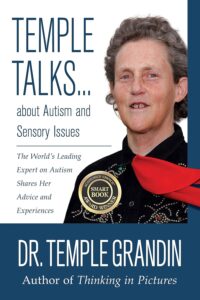
Sensory Perceptual Issues in Autism and Asperger Syndrome, Second Edition: Different Sensory Experiences (affiliate link)

Making Sense: A Guide to Sensory Issues (affiliate link)
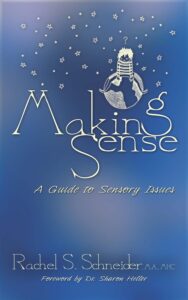
Meltdown Management: Strategies to Handle Meltdowns in Children with Autism and Special Needs (affiliate link)
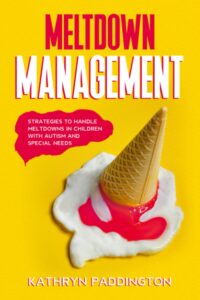
My Sensory Book: Working Together to Explore Sensory Issues and the Big Feelings They Can Cause: A Workbook for Parents, Professionals, and Children (affiliate link)
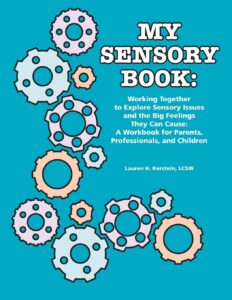

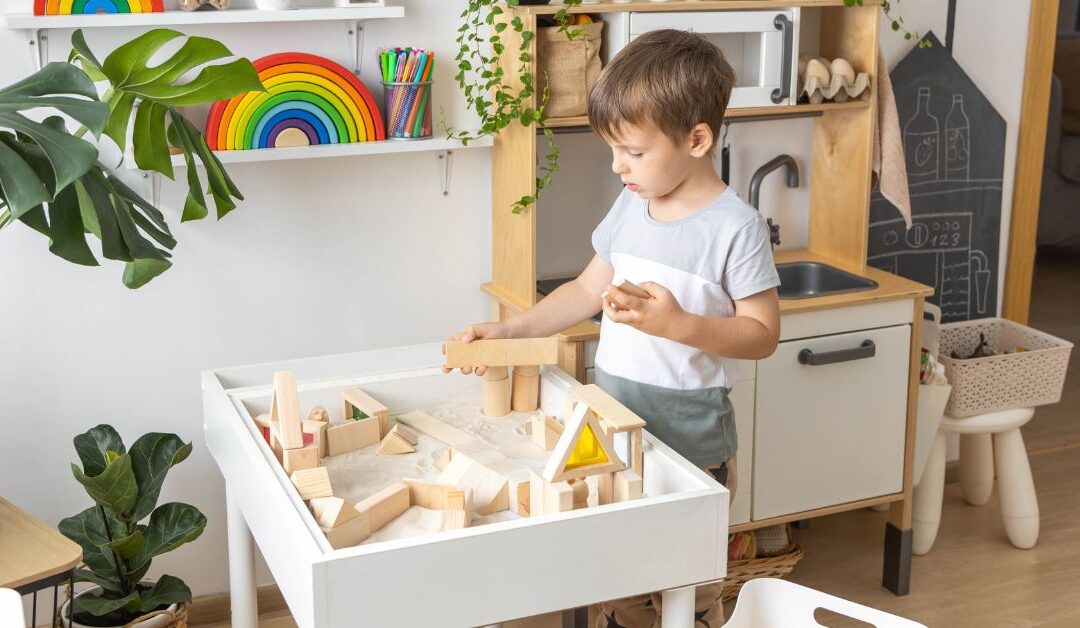

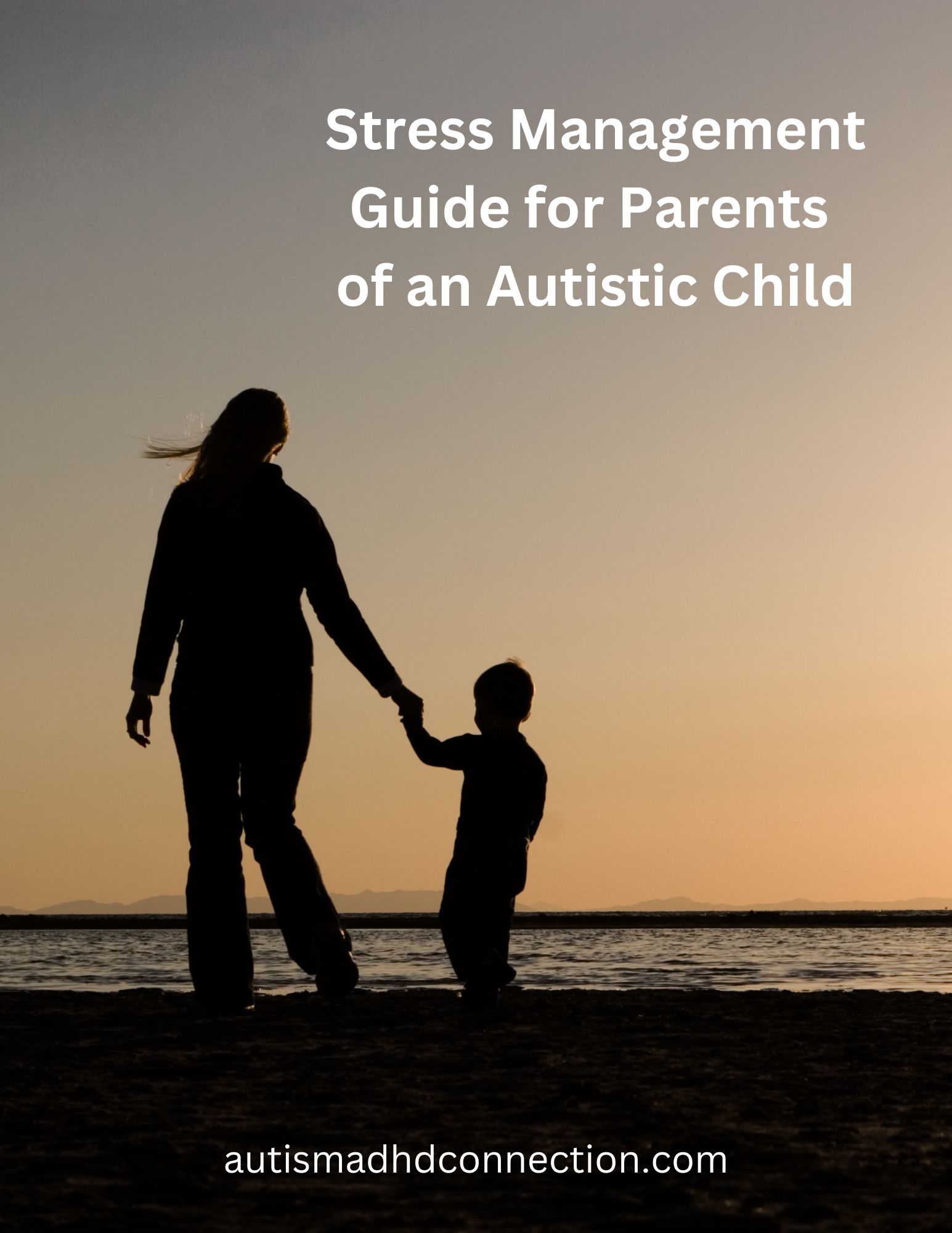
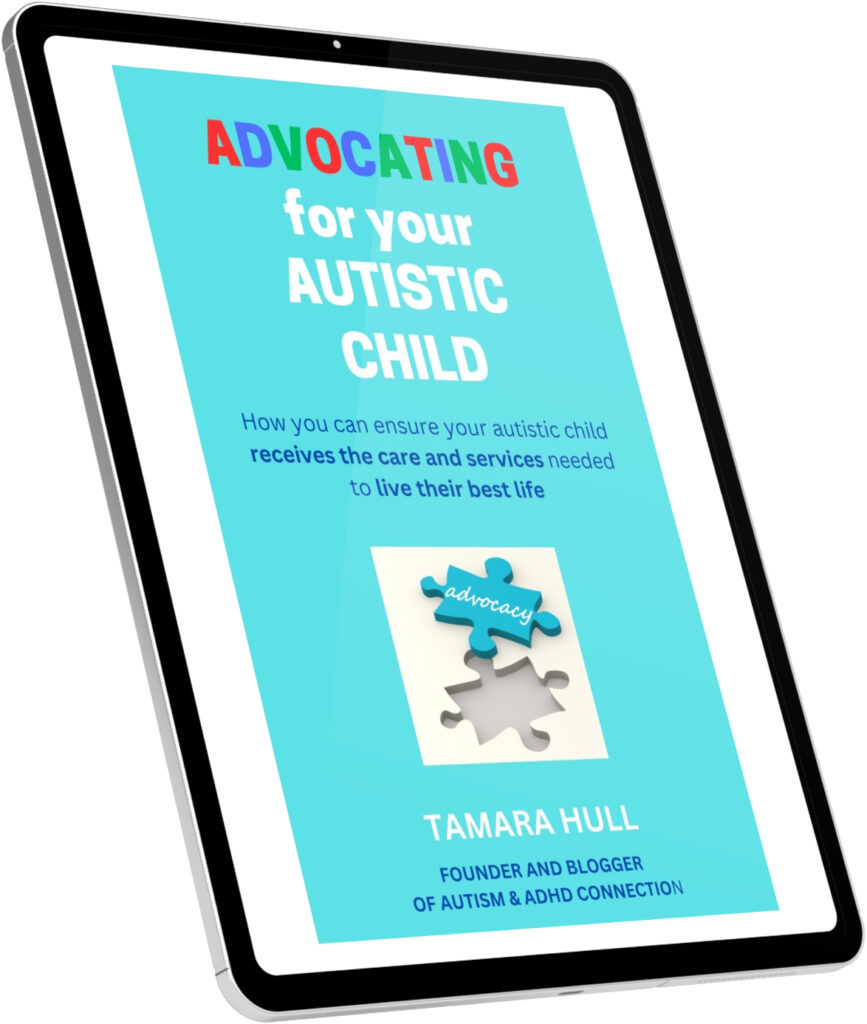
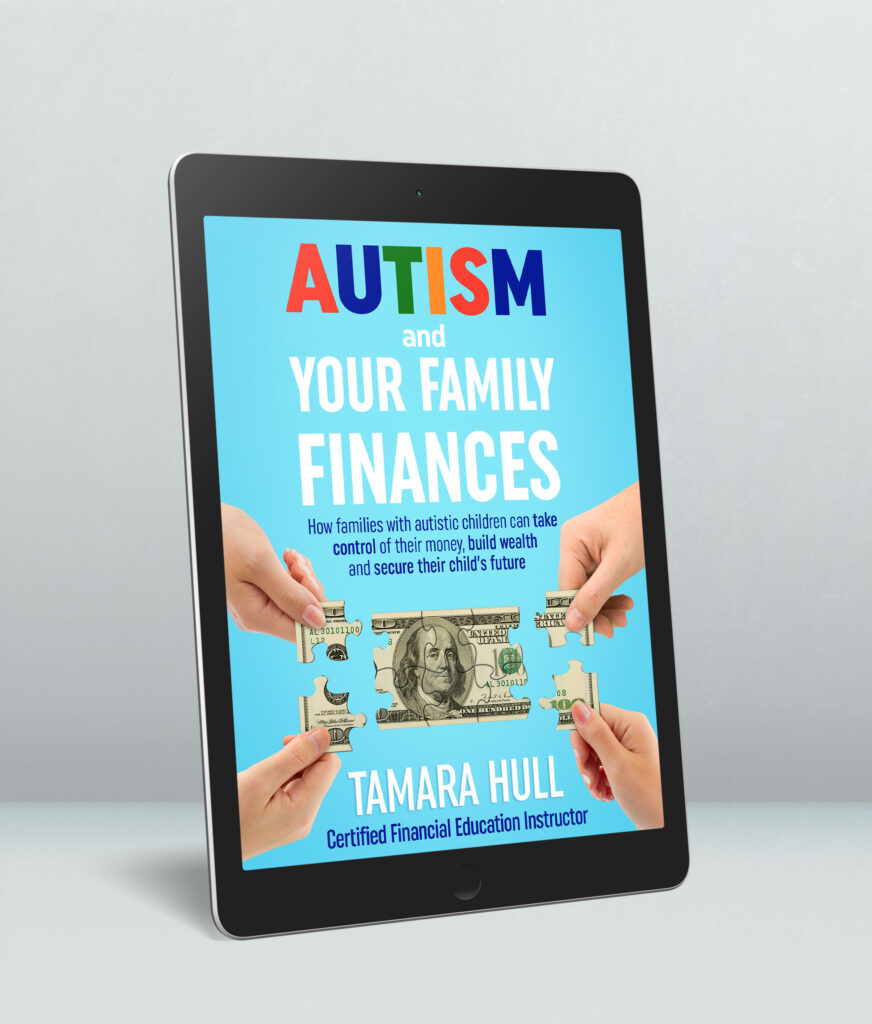


so helpful, I will be sharing with the families of my patients